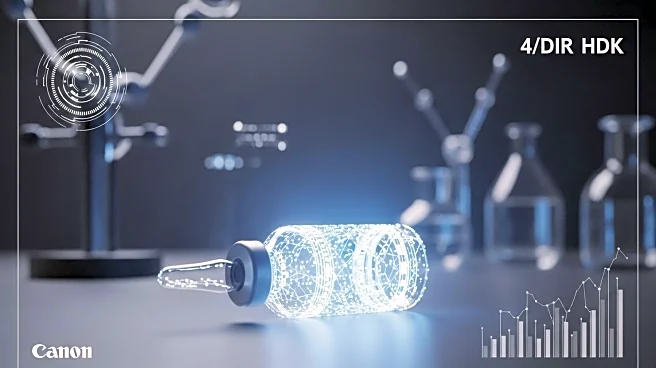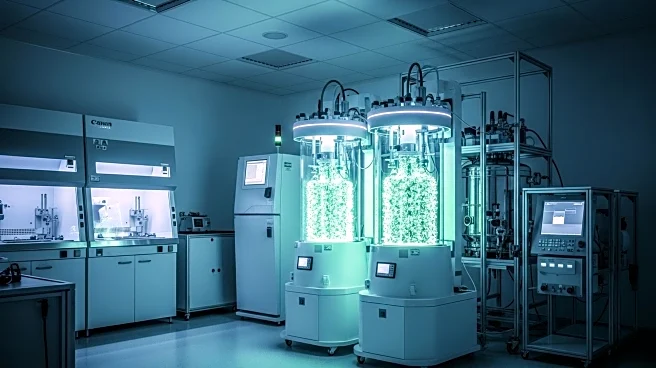What's Happening?
Scientists at Leipzig University have identified a receptor known as GPR133, which plays a crucial role in bone health. By using a compound called AP503 to stimulate this receptor, researchers were able to enhance bone strength in mice, effectively reversing osteoporosis-like conditions. This discovery suggests a promising avenue for developing safer and more effective treatments for bone loss, particularly for the aging population. The study highlights the potential of GPR133 in medical applications, with ongoing research exploring its role in various diseases.
Why It's Important?
The identification of GPR133 as a key player in bone health could revolutionize the treatment of osteoporosis, a condition affecting millions worldwide, especially post-menopausal women. Current treatments often come with significant side effects, and the ability to target this receptor could lead to more effective and safer therapies. This breakthrough is particularly significant for aging populations, where bone health is a major concern. The research could also pave the way for new treatments that strengthen both bone and muscle, improving overall health and quality of life for older adults.
What's Next?
Researchers at Leipzig University are planning follow-up projects to further investigate the use of AP503 in various diseases and to explore the broader role of GPR133 in the body. These studies aim to confirm the receptor's potential in medical applications and to develop targeted therapies that could benefit patients with osteoporosis and other bone-related conditions. The ongoing research could lead to clinical trials and eventually new treatment options for patients suffering from bone loss.











